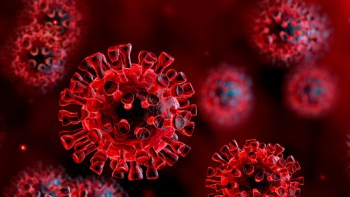
Living insects can now be scanned in unprecedented 3D detail without being harmed. The scanning method developed by scientists at Western University in Canada relies on an insect’s ability to survive low-oxygen environments and high-ionizing radiation doses.
Standard methods for looking inside insects involve using dead specimens or killing the bug during the imaging process. “We essentially had snapshots, moments in time, when what we needed were dynamic images of insects’ internal development,” says biologist Joanna Konopka. “We thought, what would happen if we tried to image them live?”
Bug’s life
Konopka therefore teamed up with biophysicist Danny Poinapen to develop a non-invasive technique. Using a steady flow of carbon dioxide, they temporarily immobilized living insects – including Colorado potato beetles and true army worms – for up to seven hours. As the bugs were no longer wiggling around, the team could use X-ray micro-computed tomography (micro-CT) to clearly see the insects’ internal workings in 3D. The bugs were then remobilized and the process repeated again days later, with no effect on the insects’ longevity, behaviour or ability to reproduce.
The live-scan method, presented in BMC Zoology, allowed the team to thoroughly examine how insects develop throughout their lifetime. It could therefore be useful in studying parasites or how insects impact human health.



